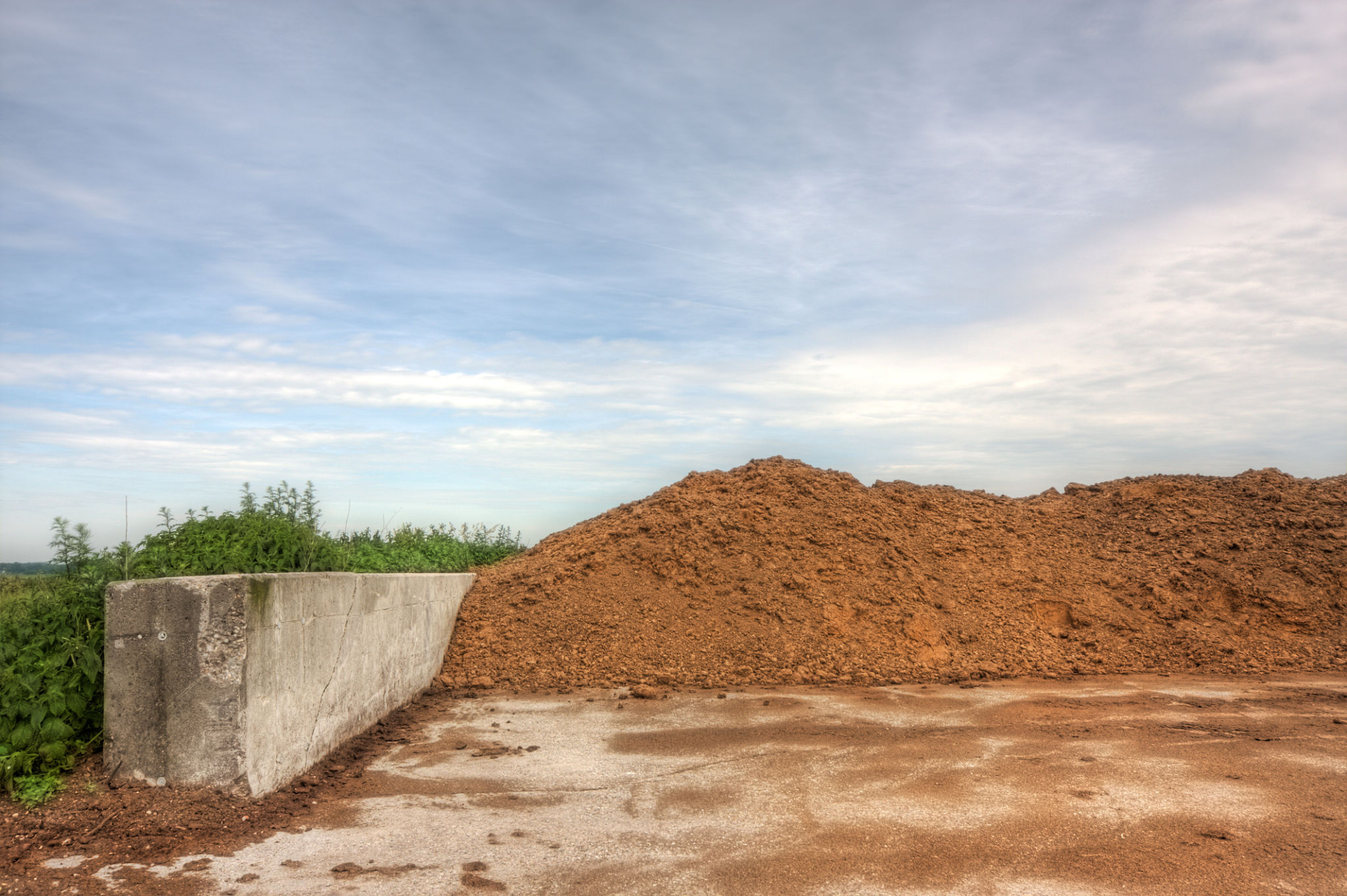Myth-Busting: Common Misconceptions About Equine Waste Disposal
When it comes to equine waste disposal, several misconceptions often cloud the understanding of horse owners and enthusiasts. Dispelling these myths is crucial for sustainable management and environmental health.
The Myth of Simple Composting
One common misconception is that equine waste can be easily composted without any preparation. While horse manure is excellent for composting, it requires proper management. Effective composting involves maintaining the right balance of carbon and nitrogen, as well as managing moisture levels and aeration.
Simply piling manure in a corner of the pasture doesn’t constitute composting. It can lead to foul odors, attract pests, and even cause environmental contamination. Implementing a structured composting system can transform waste into valuable fertilizer, benefiting gardens and fields.

Misunderstanding Nutrient Content
Another myth is that equine manure is rich enough in nutrients to be used as a standalone fertilizer. In reality, while it provides some nutrients, the **nutrient levels** in raw horse manure are lower compared to other animal manures.
It’s essential to supplement horse manure with additional fertilizers or amend it through composting to enhance its nutrient profile. This ensures that plants receive a balanced diet for optimal growth.
The Myth of No Environmental Impact
Some believe that horse waste has minimal environmental impact. However, improper disposal can lead to nutrient runoff, contaminating nearby water sources and harming aquatic life. Implementing proper disposal methods is crucial to prevent these environmental issues.

Creating buffer zones and utilizing best management practices in waste handling can significantly reduce the potential for nutrient leaching and pollution.
Storage Solutions Myths
Many assume that storing manure in open fields is sufficient. However, this method can lead to nutrient loss and pollution. Building a dedicated, covered storage area helps maintain the waste's quality and reduces environmental risks.

By implementing covered storage solutions, horse owners can effectively manage waste and prepare it for future use or disposal.
Conclusion
Understanding and addressing these misconceptions is vital for effective equine waste management. By adopting proper composting techniques, recognizing nutrient content limitations, and implementing strategic storage and disposal solutions, horse owners can contribute positively to the environment.
Embracing these practices not only benefits the ecosystem but also enhances the health and sustainability of equine facilities.
